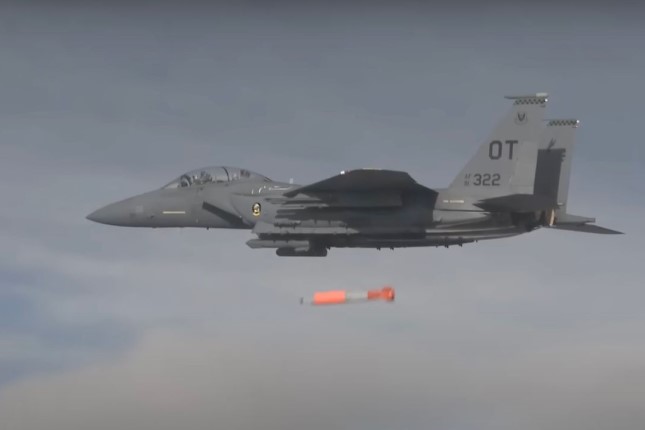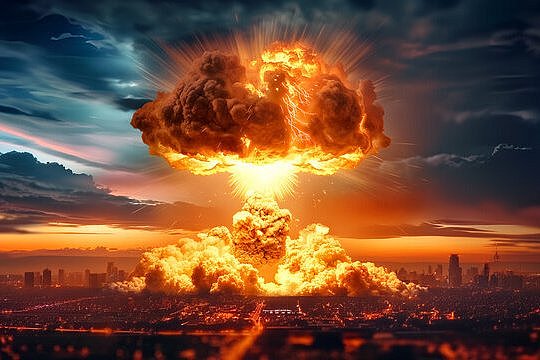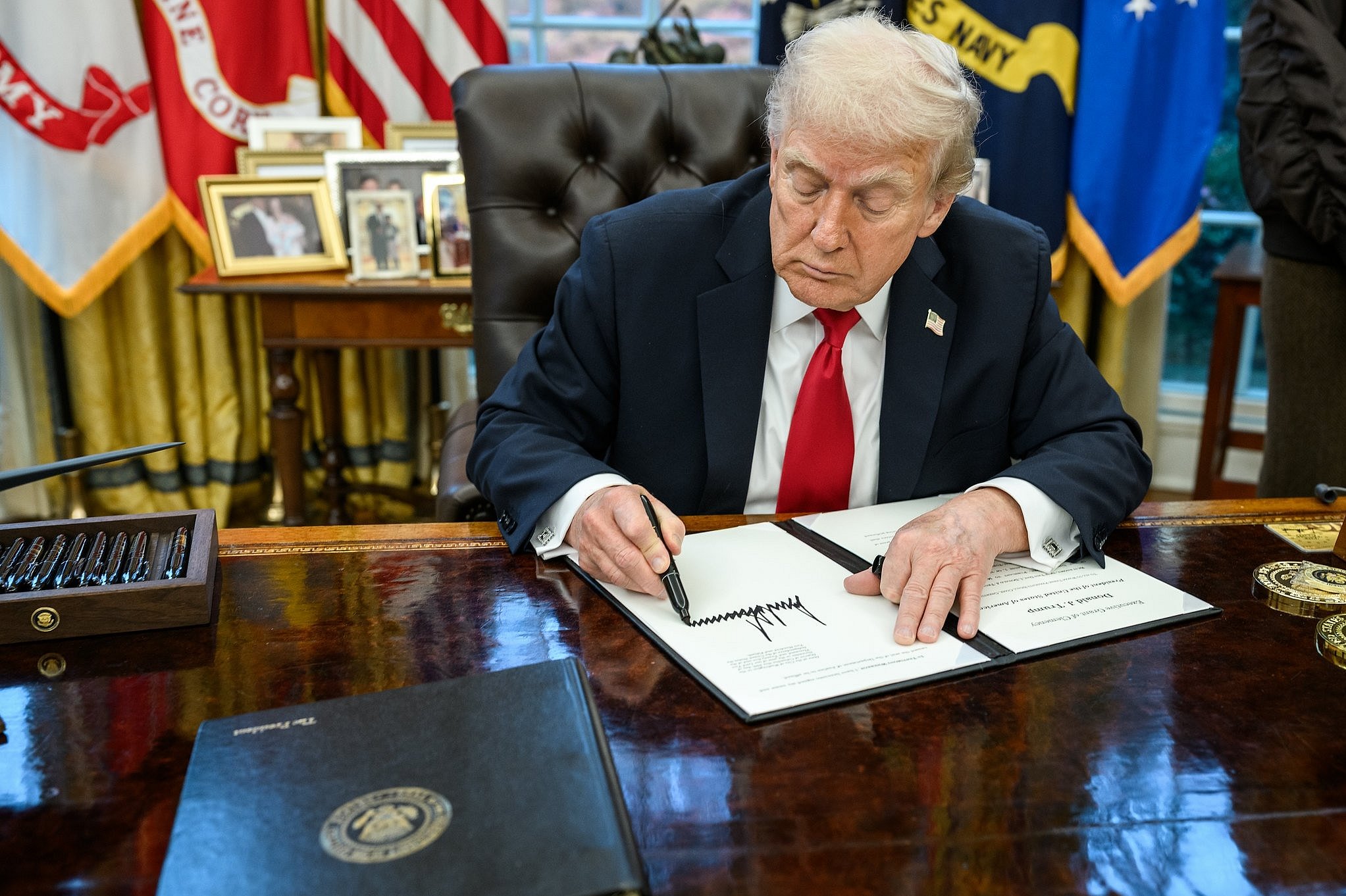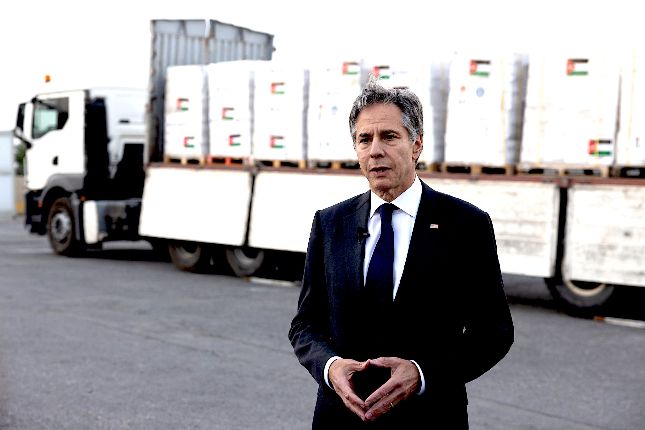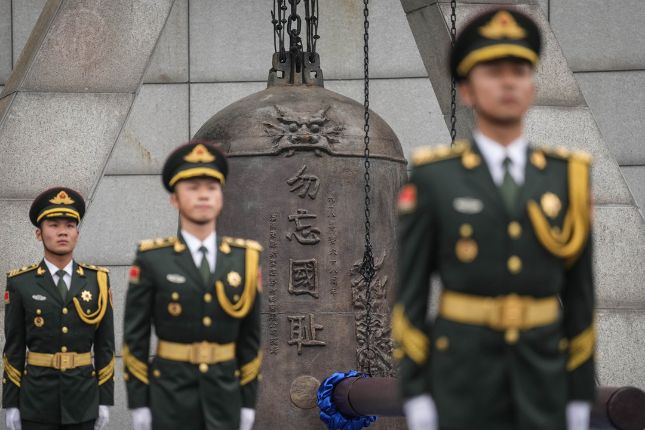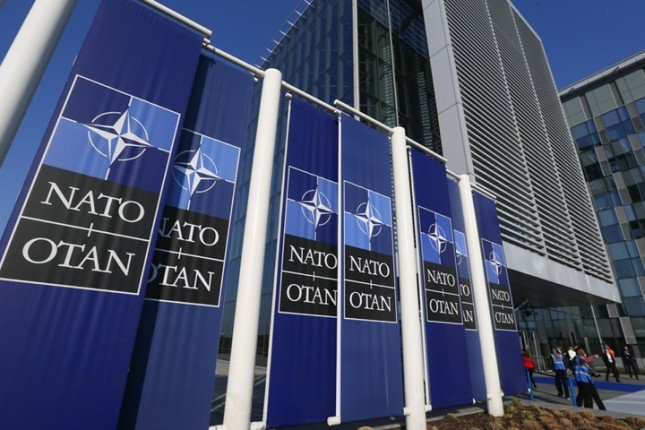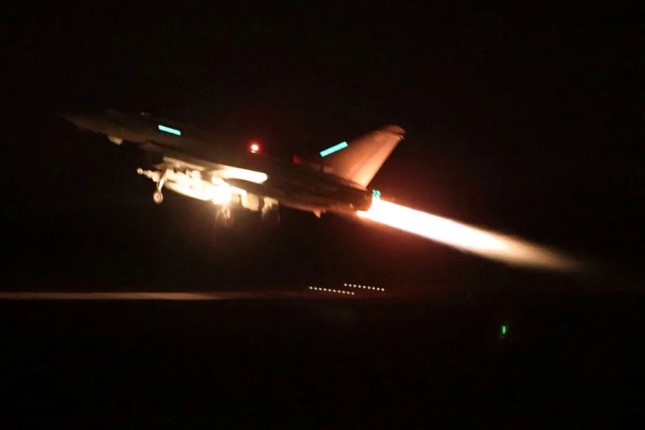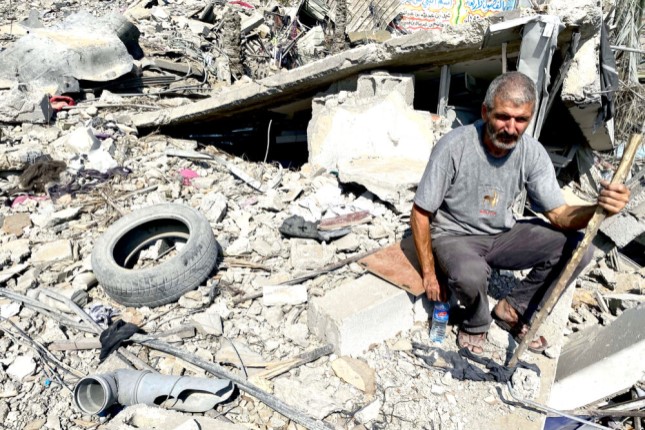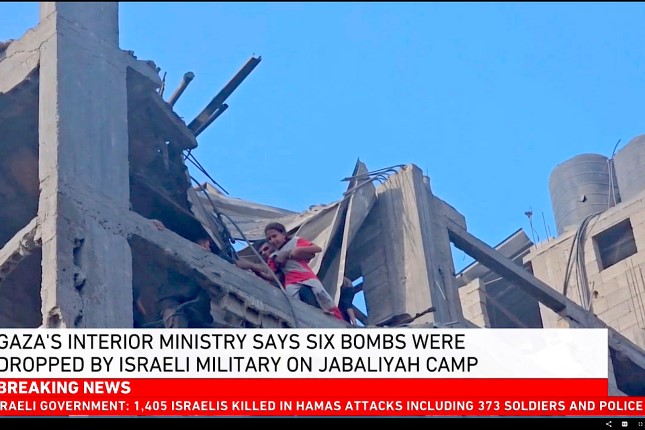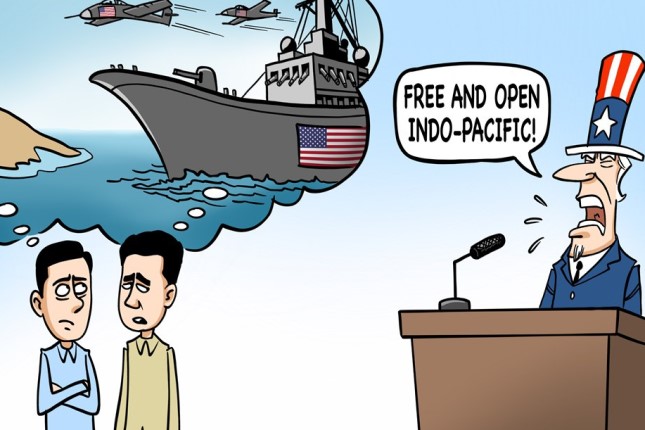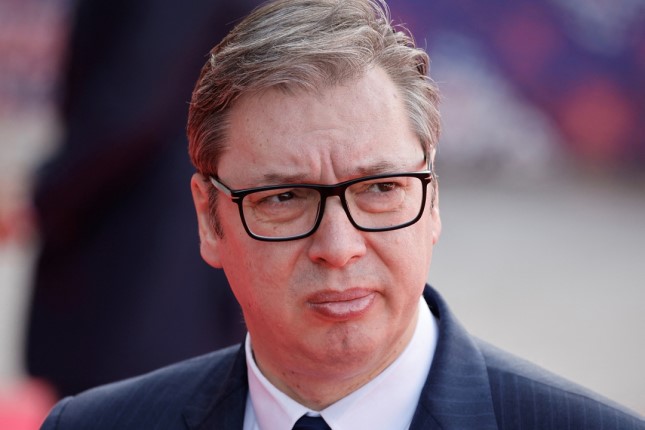Ukrainian officials claim to have retaken 38 square miles since the start of the offensive. These scraps of territory have been purchased with as many as 1,000 casualties per day, putting the total at up to 12,000 since the start of the offensive. Russian officials have released video of armored vehicles being destroyed by missiles, drones and long-range artillery, including over one dozen advanced Leopard 2 tanks and Bradley infantry fighting vehicles.
For the first year and a half of the conflict, the US and NATO powers have operated on the premise that they could prosecute the war by sending ever more advanced weapons to Ukraine, while letting Ukrainians serve as cannon fodder on the battlefield.
With cold indifference to the catastrophic loss of human life, the Biden administration has sought to fight the war to the last Ukrainian. But the problem with this strategy is that NATO is running out of Ukrainians to send to their deaths.
Hundreds of thousands of Ukrainian soldiers have been killed or injured so far. This is a substantial portion of the fighting-age population, leading the Zelensky government to more desperate measures to find new bodies to throw at the front lines.
Against this backdrop, the defence ministers of NATO countries concluded a two-day summit Friday aimed at finalizing plans for a military alliance between NATO and Ukraine. On Thursday, a Biden administration official told CNN that they are “open” to an accelerated plan for Ukraine to join NATO.
This will be the content of the upcoming NATO summit in Vilnius, Lithuania, whether through Ukraine directly joining NATO or in the form of the provision of “security guarantees.”
The real issue, however, is not Ukraine entering NATO, but NATO “entering” Ukraine through a vast escalation of its involvement in the war. The only reason for accelerating Ukraine’s entry into NATO is to create the framework for such an escalation.
The entire credibility of NATO has been staked on an effort to hurl the Russians over the border, generating a crisis that would lead to the collapse of the Putin government. The logic of escalation leads inexorably to direct NATO intervention in the conflict.
Every time the US and NATO powers have claimed they would not do something in Ukraine, they have gone ahead and done it, from the provision of battle tanks and fighter jets, to weaponry that has been used to attack Russian soil.
What will be the next “red line” that NATO will cross in response to the deteriorating military situation in Ukraine? There are several possibilities:
First, the creation of a “no-fly zone” and the direct engagement of Russian forces by NATO aircraft.
Second, the direct deployment of NATO troops into the war zone.
And third, the deployment or even use of tactical nuclear weapons by NATO to prevent a Russian victory in the conflict.
It is worth noting that during the Cold War, the US geopolitical strategist Henry Kissinger, recently the subject of media adulation on the occasion of his 100th birthday, once described the use of tactical nuclear weapons to avert a disaster precisely like that faced by Ukrainian forces.
In his 1957 book Nuclear Weapons and Foreign Policy, Kissinger argued for the deployment of nuclear weapons in frontline combat and their use on the battlefield by the United States in the struggle to prevent advances by conventional forces.
“Limited nuclear war,” that is, nuclear war that does not lead to global annihilation and “Mutually Assured Destruction,” Kissinger argued, “is in fact a strategy which will utilize our special skills to best advantage, and it may be less likely to become all-out than conventional war.”
He argued that such a war would be “improvised in the midst of military operations [and] would be undertaken under the worst possible conditions, both psychological and military,” i.e., precisely the conditions now developing in Ukraine.
Rather than targeting “the largest centers of population,” Kissinger argued, nuclear weapons could be used as part of warfare “based on small, highly mobile, self-contained units” aimed at “depriving aggression of one of its objectives: to control territory.” He continued, “Small, mobile units with nuclear weapons are extremely useful for defeating their enemy counterparts or for the swift destruction of important objectives.”
There was one overwhelming flaw in Kissinger’s strategy. It assumed that those targeted by US nuclear weapons would restrict their own responses and that escalation would be contained. But for all their evident insanity, Kissinger’s doctrines have, in fact, been a major inspiration for the current US nuclear strategy.
Since the initiation of the United States’ multitrillion-dollar nuclear weapons buildup in 2016, the US has been working to create smaller and lower-yield “usable” nuclear weapons.
A 2015 paper by the Center for Strategic and International Studies (CSIS) noted, “The scenarios for nuclear employment have changed greatly since the ‘balance of terror’ between the two global superpowers.” As a result, the “second nuclear age” involves combatants “thinking through how they might actually employ a nuclear weapon, both early in a conflict and in a discriminate manner.”
In 2019, Foreign Affairs published an article entitled “If You Want Peace, Prepare for Nuclear War” by Elbridge Colby, one of the principal authors of Trump’s 2018 National Defense Strategy. Colby wrote, “The risks of nuclear brinkmanship may be enormous, but so is the payoff from gaining a nuclear advantage over an opponent.
“The best way to avoid a nuclear war,” Colby continued, “is to be ready to fight a limited one.”
The 2022 US Nuclear Posture Review makes clear that the US reserves the right to use nuclear weapons to achieve any kind of national objective. It declares, “Although the fundamental role of US nuclear weapons is to deter nuclear attack, more broadly they deter all forms of strategic attack, assure Allies and partners, and allow us to achieve Presidential objectives if deterrence fails.”
The US and NATO powers have staked their entire credibility on the objective of inflicting a strategic defeat on Russia.
To believe that they will not resort to the use of nuclear weapons to achieve their objectives is to overlook the lessons of history. It should be recalled that the United States is the only power that has actually used nuclear weapons in war. Amid a deepening social, economic and political crisis, combined with a crisis of American global hegemony, Washington is driven to ever more reckless and desperate actions.
The American ruling class has shown itself to be completely indifferent to human life. In the name of supporting the profit-making of major corporations, the US ruling class has ended all measures to stop the spread of COVID-19, allowing the disease to circulate unchecked and killing tens or hundreds of thousands of people per year. It has deliberately provoked a war in Europe that has killed hundreds of thousands of people.
The strongest warning must be made. This war must be ended before human society is ended by the war.
Main photo: A US Air Force F-15 Eagle drops a B61 nuclear gravity bomb during a training exercise © Photo: US Air Force.
Source: World Socialist Web Site.
